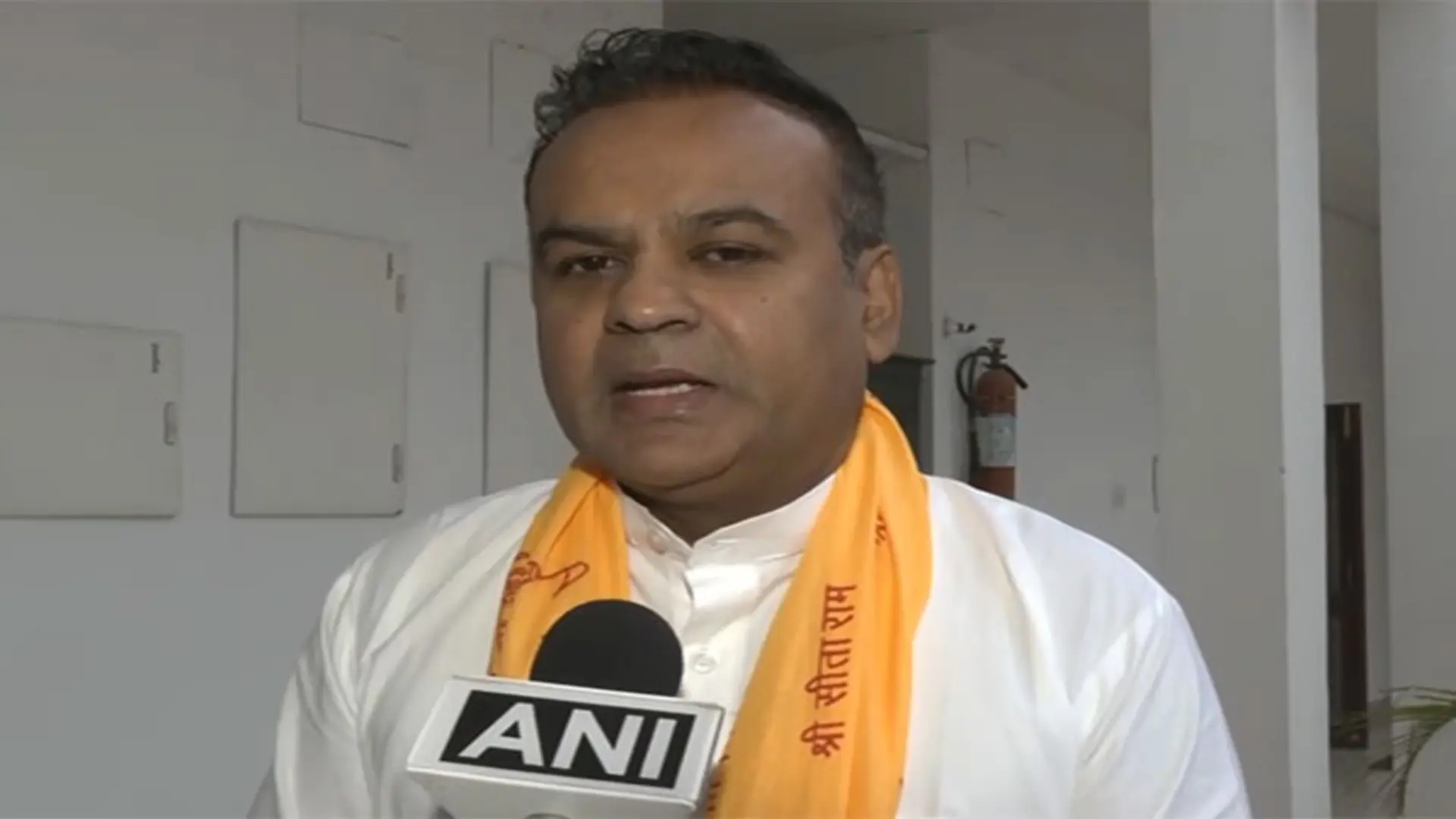India has emerged as an economic superpower in the last 10 years. India was ranked 10th in the world on the basis of GDP (nominal) in the year 2014, which has today become the fifth largest economy in the world. In the year 2022, India became the fifth largest economy in the world, surpassing Britain. At present the Indian economy (GDP) is worth 3.94 trillion dollars. According to Morgan Stanley report, India can become the third largest economy in the world by the year 2027, leaving behind Japan ($4.11 trillion) and Germany ($4.73 trillion). If the country is successful in achieving 10 percent annual growth in GDP, India can be the world’s second largest economy by the year 2032 and the world’s largest economy by the year 2047 to 2050. Although the target is difficult, there are many figures which confirm that India is the fastest growing economy in the world and is continuously moving towards becoming the largest economy in the world.
Digital Revolution
The country ranks first in the world in terms of digital payments. 46 percent of the world’s digital payments take place in India alone. In the financial year 2012-13, 162 crore digital transactions took place in the country, which increased to 14762 crore transactions in 2023-24. At present, India is the country doing the most digital transactions in the world and in the last 10 years, the number of digital transactions has increased by 91 times, which is a record in itself.
Capital expenditure
The government has paid a lot of attention to capital expenditure in the last 10 years. Rs 11.11 lakh crore has been allocated for the financial year 2024-25. 54000 kilometers of National Highways have been constructed in the last 10 years.
GST collection
GST was implemented in July 2017. At that time, the target of the Central Government was to receive Rs 1 lakh crore per month as GST. There has been a continuous increase in GST receipts. GST of Rs 2.10 lakh crore was collected in April 2024, which is a record in itself.
GDP growth
In the year 1980, the country’s GDP (nominal) was 189 billion dollars. India’s GDP reached 1 trillion dollars for the first time in the year 2007. The GDP is expected to reach $2.039 trillion, $3.737 trillion and $4.011 trillion in the years 2014, 2023 and 2024 respectively. India’s GDP has doubled in less than 10 years. India is currently the third largest economy in the world on the basis of GDP (PPP). India’s GDP (PPP) is $14.6 trillion. America is at second place ($28.8 trillion) and China is at first place ($35.3 trillion). According to international agencies, India’s annual GDP growth rate in the coming years may remain between 8-11 percent, which is very positive. There has also been an expected increase in GDP per capita. GDP per capita was 271 dollars in the year 1980, 1560 dollars in the year 2014, which has increased to 2730 dollars per year in the year 2024. While looking at per capita income, we have to remember that India is the most populous country in the world.
Foreign exchange reserves
Indian foreign exchange reserves currently stand at $640 billion which can easily handle 13-14 months of the country’s imports. There was a time when the economic condition of the country was very bad. The country had only a few days of foreign exchange reserves left for imports. Today the situation is such that even if the country does not export for several months, the country can still easily import to meet its needs for more than a year.
World ranking of India
India today ranks first in the world in the field of real time digital transactions. In the year 2021, 48 billion digital transactions took place in the country, which is a world record in itself. India is the world’s largest generic medicine producer and 60000 generic drugs in 60 categories are manufactured in the country. India is today the world’s largest vaccine supplier.
The country ranks second after China in the field of steel production. Presently the production of steel is around 120 million tonnes per year which will increase to 300 million tonnes by the year 2030. The country also ranks second in the world as a producer of mobile phones. Under Make in India, 2 billion mobile handsets were made in the country in the 10 years from 2014 to 2024.
Indian pharma industry is currently established as the third largest pharma industry in the world. India has the third largest metro rail network in the world. Today there is a 911 km long metro rail network in the country which was only 248 km in the year 2014. In 2-3 years, India can leave America behind and take second place in metro rail network.
India’s stock market is the fourth largest stock market in the world with a total market capitalization of around $4.8 trillion. At present there are about 15.2 crore active demat accounts in the country due to which the stock market is continuously touching heights.
Foreign trade
India’s total exports in the year 2022-23 were $776.40 billion. The country’s total exports is likely to be $776.70 billion in the year 2023-24. Total exports can easily reach $1 trillion by 2030.
Due to inclusive, fair and transparent economic policies, a good business environment has been created in the country today. Industrial development is getting a new impetus under schemes like Make in India, Start Up India, Skill Development, One District One Product, Mudra Scheme, PLI Scheme, Stand Up India etc. Considering the pace at which India is becoming economically prosperous, in the coming decades the country will definitely be at the forefront of developed countries and will be the world’s largest economic superpower.
Prof. Dr. Vivek Singh, Economist, National Media Panelist, Eminent Economic Expert of India.














